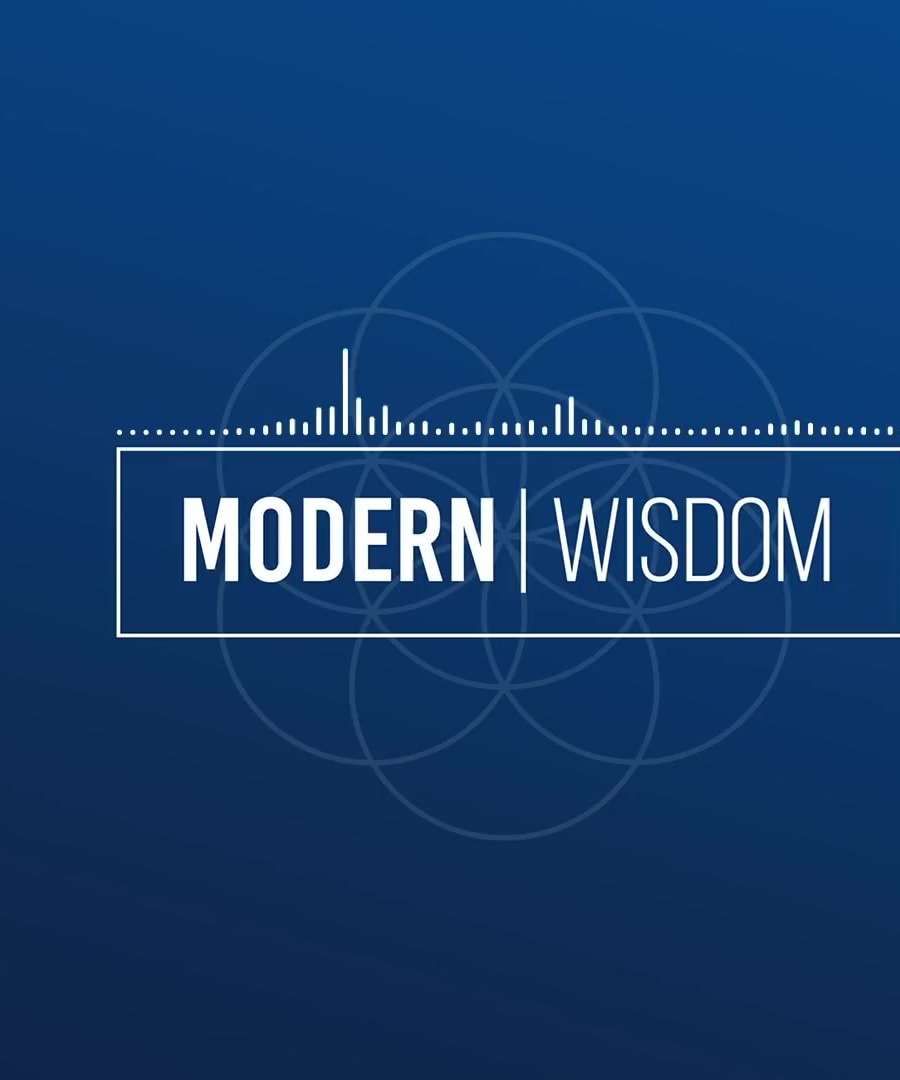Endurance testing
Sources:
Endurance testing is a multifaceted topic covered by several experts. Here's a summary of key insights:
-
Limits of Endurance: Alex Hutchinson discusses how the understanding of human endurance has evolved. Initially viewed as a deterministic model similar to machines, it has now become more complex and debated among scientists. Factors like VO2 max, running economy, and lactate threshold are critical, but there is an increasing recognition of the mental aspects of endurance 1.
-
Defining Exhaustion: Martin Gibala explains fatigue as the inability to maintain power output during exercise. Using electrically braked cyclergometers, his team measures when subjects can no longer turn the pedals, often using time trials to simulate athletic events, emphasizing the importance of practical endurance testing methods 2.
-
Athletic Performance: Andy Galpin describes various endurance measurements, from local muscle endurance (push-ups) to global physiological endurance (VO2 max and steady-state cardio). He highlights the significance of specific tests depending on the muscle group and the type of endurance being measured 3.
-
Adaptations and Training: Dr. Kieron Rooney discusses the differences in training adaptations between high-intensity interval training (HIIT) and zone two training, noting that HIIT often leads to quicker improvements in VO2 max. He emphasizes that endurance training is a long-term investment, requiring patience and consistency 4.
-
Experimentation and Fueling: Rich Roll and Chris Hauth highlight the importance of ongoing experimentation with training and nutrition in endurance sports. They caution against the over-marketing of excessive nutritional needs and stress the need for personalized approaches based on individual needs and experiences 5.
These insights demonstrate the complex interplay between physical conditioning, mental resilience, and tailored training approaches in endurance testing.
RELATED QUESTIONS-



